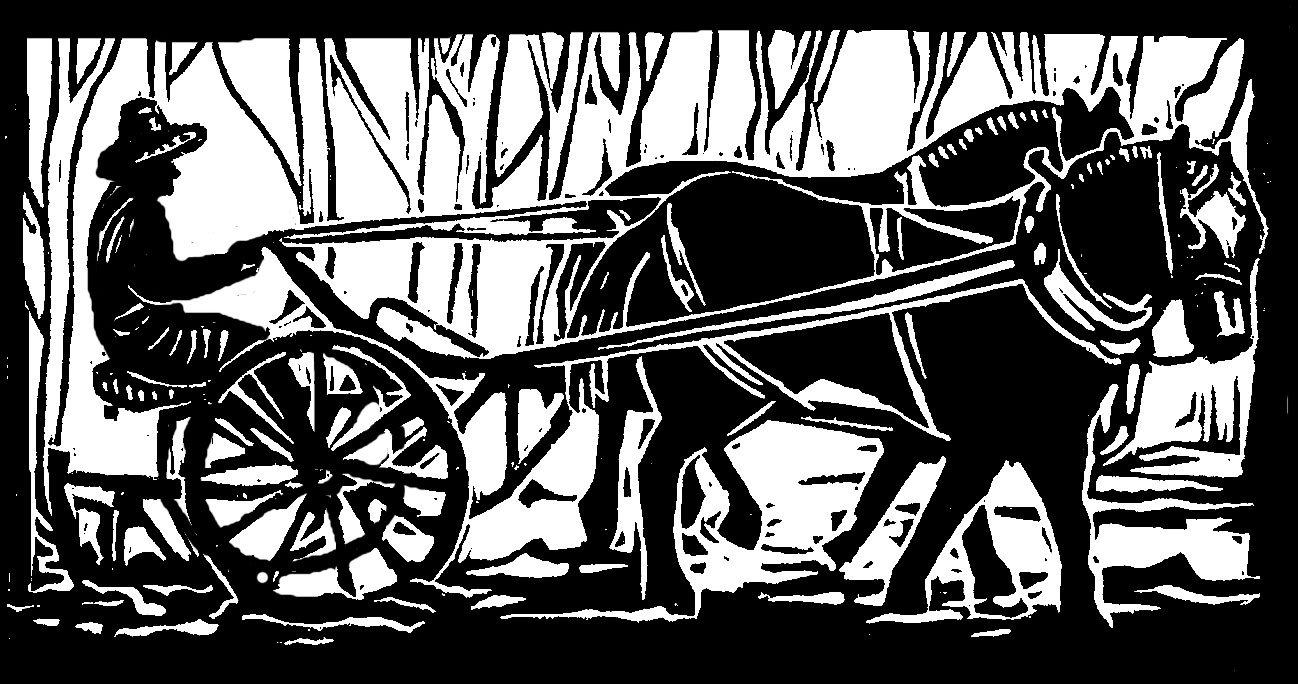Sad Story #1: We have had some sad pea times on our farm. It seems like five out of six years, our pea germination is terrible. First we do a lot of work: plowing, discing, spreading compost, harrowing, and making and raking out beds.Then we sow the snap and snow peas, with great hopes. We wait, and wait. But the peas don't come up.
Sad Story #2: We have had some sad spinach times on our farm. It seems like five out of six years, our spinach germination is terrible. First we do a lot of work: plowing, discing, spreading compost, harrowing, and making and raking out beds.
Then we sow the spinach, with great hopes. We wait, and wait. But the spinach doesn't come up.
Sad Story #3: We have had some sad beet times on our farm. It seems like five out of six years, our beet germination is . . . fantastic! First we do a lot of work: plowing, discing, spreading compost, harrowing, and making and raking out beds.
Then we sow the beets, with great hopes. We wait, and wait. The beets sprout, and sprout, and sprout.
But how can this be a sad story? Well, our nice little hand-push seeder has a constitutional problem with beet seeds. None of the seed plates work well with beets, and when we called the seeder company, many years ago now, they suggested sticking some beeswax in the holes. We stuck some beeswax in. It fell out. Then they suggested we spend a lot of money on a custom-built seed plate. This, however, did not pass the budget committee.
Basically, the beets seeds clump out of the seeder, and when it comes time to thin the beets, there might be a hundred where a farmer would want two. I spend a lot of time thinning, and feeling as if I am wasting everything: my time, the seed, and a delicious beet that could grow, given enough room.
But the winter before last, I read a book called The Lean Farm, by Ben Hartman, which put me in ecstasies, as it was all about getting rid of stuff on the farm, which is what I have been trying to do for years, as my fine fellow trundles home more useful looking things from the free store at the dump, among other places.
Now I am a zealous convert to “leaning,” meaning looking carefully at your systems to see where you can eliminate waste. My fellow, on the other hand, is slightly wary of my evangelism, as I try to clear out everything everywhere.
When I read about leaning methods for sowing and planting, I got even more excited. For example, Hartman claims that thinning beets takes far longer than sowing beets in flats and transplanting them. I blinked my eyes rapidly at this revelation. Why, we've been direct-sowing and thinning our beets forever!
I told my fellow all about it. He reluctantly agreed to try, after I reminded him of all the beets that were a) thinned and thus composted or b) not thinned, and thus never grew. On that very first transplanting, faced with 400 feet of beet plugs spaced four inches apart, my fellow was a bit daunted. But soon we were both very pleased to have such lovely beets and beet greens, so beautifully spaced, so fully grown.
I kept reading my book. Now my guru Hartman said I could seed spinach in flats, and transplant them too. Exuberantly, I suggested this to my fellow, reminding him of all the wasted work on non-germinating spinach. Once again, my fellow was daunted by the now 800 feet of spinach plugs spaced four inches apart. But he, and I, persevered.
What satisfaction to see full rows of spinach instead of enormous gaps full of weeds! What a pleasure to harvest 6 pounds of spinach times 30 CSA shares on just one day!
As for the sad pea story: my fellow recently reported that the peas had germinated terribly. This was especially discouraging, because just the year before we had switched from our direct seeder, which also seems to have a pea problem, to planting every single pea (at one inch apart for 800 feet) by hand, on our knees. We had fantastic germination! We did it again this year, with great confidence.
Alas, hardly any peas came up.
“Now what?” groaned my fellow.
“You might not want to hear this . . “ I began.
“What?” said my fellow suspiciously.
“I just read it,” I said, “in my book.”
“Uh-oh,” said my fellow.
“Yes!” I said. “Sowing peas in flats and transplanting them works great! You want to try it?”
Originally published in the Monadnock Shopper News, June 30 - July 6, 2021
